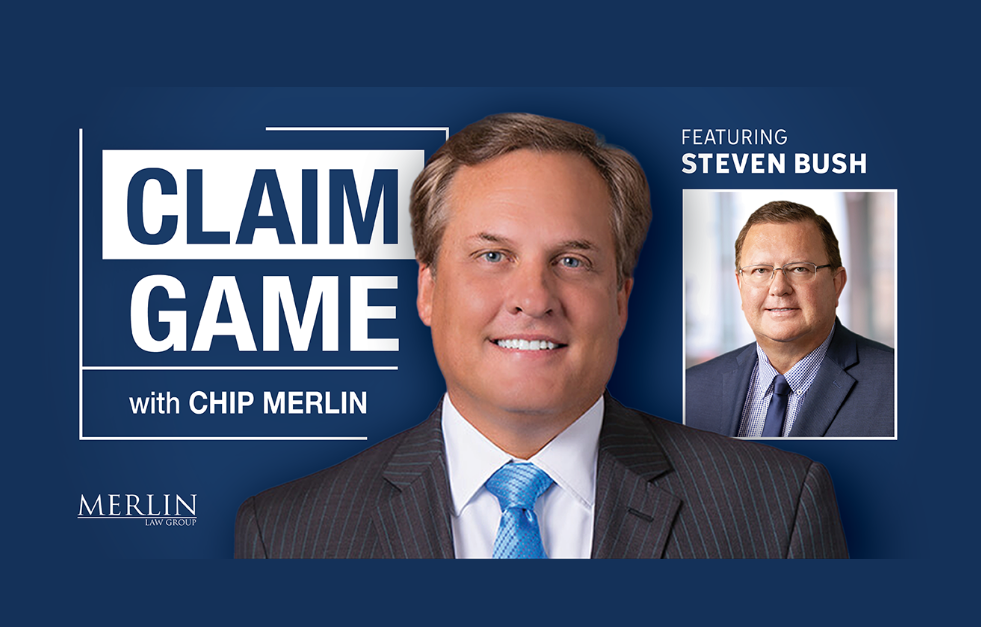Consider a scenario where a structure, such as a brand new home, is completely destroyed by a fire just a day after the homeowner moves in. In this instance, the replacement cost, which undeniably encompasses the general contractor’s overhead and profit, should be a direct reflection of the actual cash value. This is because, as per the given example, there has been no depreciation to the property.
In light of this, a pertinent question arises: Is it justifiable for an insurance company to inform the policyholder that they will not cover the full cost of hiring a contractor to rebuild the property if the policyholder opts not to proceed with the reconstruction? This query touches on the core principles of insurance indemnification and the ethical obligations of insurers to their policyholders, especially in situations where the loss is immediate and no depreciation has occurred.
Today, some insurance companies are doing just that. They are writing replacement cost policies that redefine the term “actual cash value” to pay less than what actual cash value policies traditionally paid before replacement cost policies were developed in the mid-20th century. Replacement cost policies, even if requiring actual replacement, should at least pay the types of actual cash benefits paid under antiquated actual cash value standard fire insurance policies. Instead, state insurance regulators are approving forms submitted by some insurance companies that pay less than traditional actual cash value.
An example is from a Farmers Insurance replacement cost policy. It sells a form that withholds from an actual cash value payment the amount of the contractor’s overhead and profit in addition to fully depreciating the replacement cost value. The Pennsylvania Supreme Court allowed the following language to stand:
…However, actual cash value settlements will not include estimated general contractor fees or charges for general contractor’s services unless and until you actually incur and pay such fees and charges, unless the law of your state requires such fees and charges be paid with the actual cash value settlement.1
The Supreme Court of Pennsylvania noted that the amicus brief filed by United Policyholders summarized why the policy language was not appropriate:
In its brief, UPH contends that Insurer was obligated to pay replacement costs, which included GCOP under these policies, because the policy specifically states that Insurer must pay such fees if the law of the state requires it. In its view, after Gilderman and Mee, when ACV is used in an insurance policy in Pennsylvania, that term is understood to include GCOP. UPH avers that this position finds support from courts in the federal Sixth and Eleventh Circuits, as well as state court decisions from New York, Texas, Indiana, and Florida. Further, UPH points to interpretive guidelines issued by insurance departments in Colorado, Florida, and Texas which indicate that GCOP must always be included in a calculation of ACV under these types of policies.
UPH also highlights what it considers to be the fundamental unfairness of a contrary interpretation, citing as an example a situation where a newly-built home covered by a replacement cost policy is destroyed by fire, and the owner elects not to rebuild. In such a circumstance, there is no depreciation to withhold from ACV as the home is brand new; however, if the insurer is permitted to withhold GCOP from the ACV settlement it tenders to the policyholder, which becomes the final insurance payout since the owner elected not to rebuild, then the homeowner will not receive the full benefit of what he or she has contracted and paid for, which is replacement costs that include payment of GCOP.
In addition, UPH also avers that the practice of including GCOP in a calculation of reasonable replacement costs is well established in the insurance industry, and cites in support textbooks and trade publications endorsing this proposition.
It also argues that public policy favors this interpretation, noting that it promotes stability and continuity in society by allowing individuals to recover from staggering, life-altering losses and move forward with their lives. Thus, in its view, public policy strongly supports interpretations of insurance policies in accord with the settled expectations of policyholders relying on them. UPH proffers that a contrary interpretation would permit insurers to pay less than the benefit promised by withholding GCOP, and that this would, in effect, result in policyholders purchasing illusory coverage — something the law should not countenance.2
The Pennsylvania Supreme Court then noted that public policy should be taken up with the executive and legislative branches of government rather than the court. This is the point of this post—state insurance commissioners, regulators, and legislators need to step up as they have historically done when insurance companies start writing policies that undercut the concept of indemnity and make the public distrust the insurance product.
Insurance law professor Jay Feinman examined this example of a “coverage gap,” which is increasingly leaving policyholders underinsured. He defined the coverage gap as:
The policyholder is insured, a risk is covered, but coverage is subject to other limitations. Limitations or restrictions in the insurance policy other than the exclusion of risks prevent full coverage for actual or potential losses.3
He provided further examples:
• Particularly in Midwestern states where wind and hail damage is common, insurers may not offer replacement cost coverage on roofs, instead requiring actual cash value coverage or roof depreciation schedules.
• Similarly, ‘cosmetic damage endorsements’ exclude or limit coverage from damage that arguably affects the appearance but not the function of the property or a specific portion of it.
• Matching disputes have been frequent, in which a part of a building component is damaged (such as part of a roof) and the issue is whether the insurer can pay only to replace the damaged portion or must pay to replace the entire component so the damaged portion matches the undamaged portion. Insurers have broadened policy language to make clear that they ‘will not pay to repair or replace undamaged property due to mismatch between undamaged and new material used to repair or replace damaged material.’
• Many policies contain terms barring or limiting in amount the expense in the frequent event that an ordinance or law, such as an updated building code, increases the cost of repairing or rebuilding a house.
Professor Feinman calls for greater government oversight by insurance regulators:
These corrections to the market could come from market forces themselves. Some insurers may improve consumer information about coverage and quality because they see a competitive advantage in doing so. Elements of the much-touted rise of insurtech in underwriting and distribution aim to address the shortcoming of legacy systems. But more likely cures come from market-correcting and market-supplementing actions by state regulators.
In one of its most important functions, government regulation cures protection gaps that result from lack of public trust by regulation that establishes the solidity of the private market. Licensing of insurance companies, rate regulation, solvency regulation, and guaranty funds are essential to the operation of the market and avoid a protection gap that would arise from insolvent insurers.
Government also encourages or mandates participation in the market, such as requiring insurance for federally insured mortgages and in high-risk flood zones. In residential property insurance generally and in the catastrophe area in particular, government often is the insurer of last resort where the market fails, through residual market mechanisms such as FAIR plans, the National Flood Insurance Program, the Texas Windstorm Insurance Association, and the California Earthquake Authority.
Regulation also can improve the operation of the market….
The current landscape of insurance policies with significant coverage gaps, particularly concerning rewriting actual cash value coverage, presents a significant challenge for consumers. This situation arises from a regulatory environment where state insurance regulators, despite their mandate, seem to be falling short in their duty to safeguard consumer interests. The exemption of insurers from anti-trust laws, granted on the condition of effective state regulation, further underscores the critical role these regulators play. Yet, the question looms large: Why is there a lack of proactive measures to address these glaring coverage gaps caused by rewriting policy language away from traditional protections?
The upcoming National Association of Insurance Commissioners (NAIC) meeting next week in Orlando, Florida, offers a pivotal platform for addressing these concerns. With Amy Bach of United Policyholders serving as a NAIC Consumer Liaison Representative, there is a strong advocate for consumer rights in the room. It is anticipated that the meetings will shine a spotlight on these issues, prompting a much-needed discussion on the role of state insurance regulators and the steps necessary to bridge these coverage gaps.
Thought For The Day
Consumer protection is not just about fairness, it’s about the integrity of the marketplace.
—Ralph Nader
1 Kurach v. Truck Ins. Exchange, 661 Pa. 176, 181, 235 A.3d 1106, 1109 (Penn. 2020).
2 Id., footnote 9.




